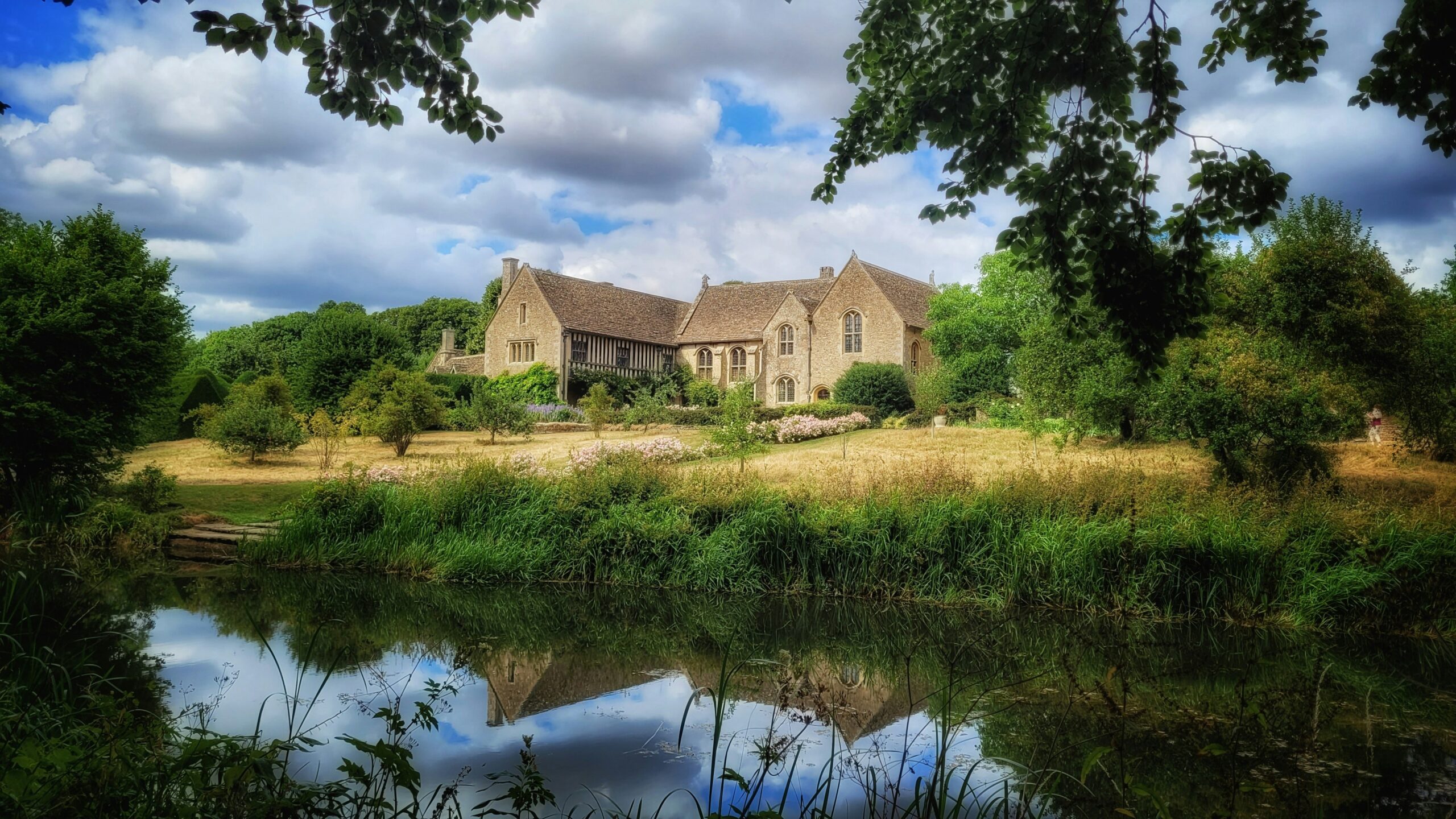As a family law solicitor in Milton Keynes, I am often asked about how pensions are divided during a divorce. Pensions are often one of the most significant assets couples have and understanding how they are treated in divorce proceedings is a vital step in enabling couples to negotiate a fair and reasonable financial settlement upon separation.
This article explores why pensions are considered in divorce, how they are valued, and the different methods of dividing them, such as pension sharing, pension attachment, and pension offsetting. Additionally, I will discuss whether an ex-spouse is entitled to a share of your pension and whether all pensions are considered equally in a divorce.
Why is a pension taken into account in a divorce?
Pensions are included in divorce settlements because they represent an asset available to the parties via the marriage. They are often one of the most valuable assets, sometimes even surpassing the value of the family home. Pensions are designed to provide financial security in retirement, and it is essential to ensure that both parties have fair access to funds in retirement after a divorce. The court aims to achieve a fair distribution of all marital assets, including pensions, to ensure both parties can maintain a reasonable standard of living post-divorce.
How do you value a pension in a divorce?
Valuing a pension can be complex and depends on the type of pension involved. For defined contribution pensions, the value is typically the current fund value. However, defined benefit pensions, such as final salary schemes, are more challenging to value. The Cash Equivalent Transfer Value (CETV) is commonly used, representing the amount needed to transfer the pension to another provider. It is often advisable to seek the expertise of a pension actuary to obtain an accurate valuation, especially if the pension is substantial or complex.
What is pension sharing?
Pension sharing is a method of dividing pensions that allows each party to have a separate pension pot. The court issues a pension sharing order, specifying the percentage of the pension to be transferred from one spouse’s pension scheme to the other spouse. This transfer creates a clean break, enabling each party to control their pension independently. Pension sharing is often considered the fairest method, as it provides both parties with direct access to pension funds and financial independence.
What is pension attachment?
Pension attachment, also known as earmarking, involves setting aside a portion of one spouse’s pension benefits for the other spouse. Instead of transferring funds, the pension scheme pays the specified amount to the ex-spouse when the pension is accessed, typically upon retirement. This method links the recipient’s financial future to the pension holder’s retirement plans, which can be less desirable as it does not provide a clean break and can result in ongoing financial dependency.
What is pension offsetting?
Pension offsetting involves balancing the value of the pension against other marital assets. For example, one spouse may retain the pension while the other receives a larger share of the equity in the family home or other assets. This method allows for flexibility and can be suitable if one party prefers immediate access to liquid assets rather than future pension benefits. However, it requires careful consideration of the comparative value and liquidity of different assets to ensure a fair settlement.
Is my ex entitled to a share of my pension?
Whether your ex-spouse is entitled to a share of your pension depends on various factors, including the length of the marriage, the financial needs of both parties, and contributions made during the marriage. The starting point for dividing assets, including pensions, is usually a 50/50 split. However, the court has discretion to adjust this based on the circumstances. If your pension was accrued entirely before the marriage, it might be treated differently, but pensions built up during the marriage are generally subject to division.
Are all pensions taken into account in a divorce?
Not all pensions are treated equally in a divorce. The court considers all pensions, including state pensions, workplace pensions, and private pensions. However, pensions accumulated before the marriage may be treated differently from those built up during the marriage. It is crucial to provide full disclosure of all pension arrangements to ensure a fair settlement. Certain types of pensions, such as military or police pensions, may have specific rules governing their division, so it is essential to seek specialist legal and financial advice tailored to your situation.
Pensions and divorce – achieving a fair settlement
In conclusion, understanding how pensions are split in a divorce is vital for achieving a fair settlement. Pensions are significant assets that require careful consideration and valuation. The methods of pension sharing, pension attachment, and pension offsetting offer different approaches to dividing pensions, each with its advantages and disadvantages. By seeking expert legal and financial advice, you can navigate the complexities of pension division and secure your financial future post-divorce.
Talk to a Family Law Solicitor in Milton Keynes
Ready to take the next step? As leading family lawyers in Milton Keynes, our team of family law specialists are here to advise you about your divorce. In addition to our head office in Milton Keynes, we also have solicitors in Watford, and Central London. Talk to us in confidence and find out where you stand. Get in touch – we’re here to help.
This article is intended for the use of our clients and other interested parties. The information contained in it reflects the author’s view and is believed to be correct at the date of publication. However, it is necessarily of a brief and general nature and should not be relied upon as a substitute for specific professional legal advice.












